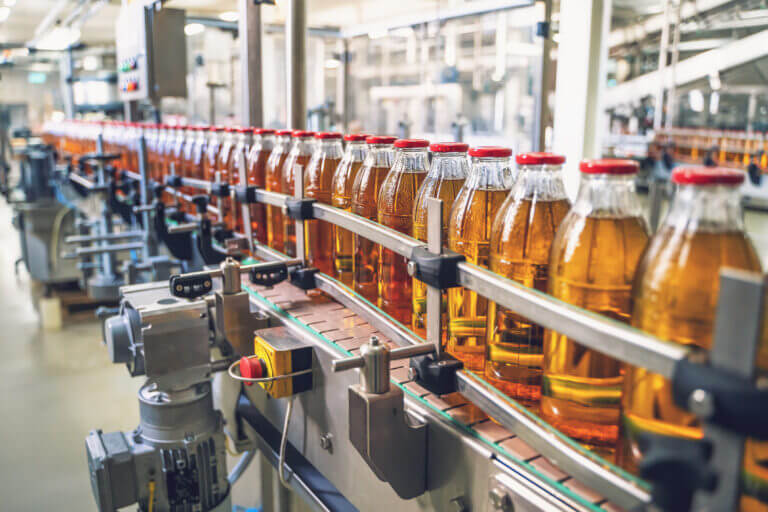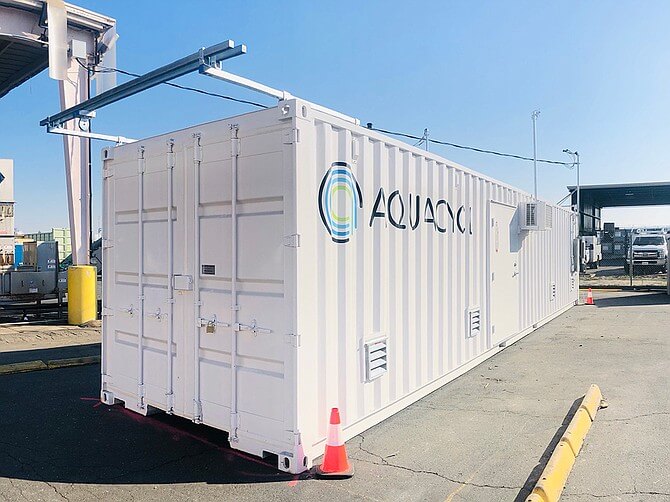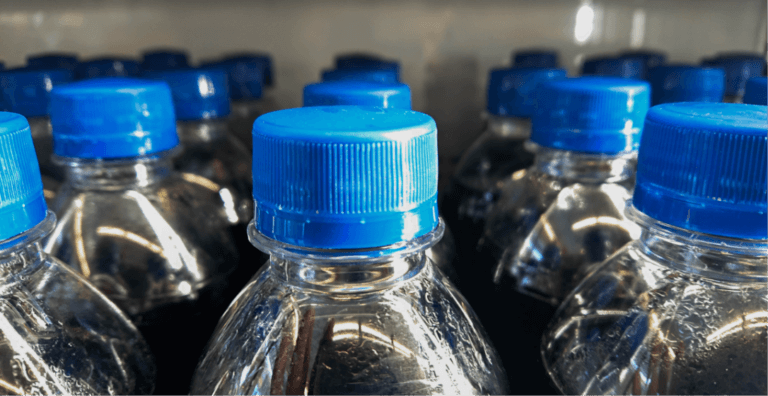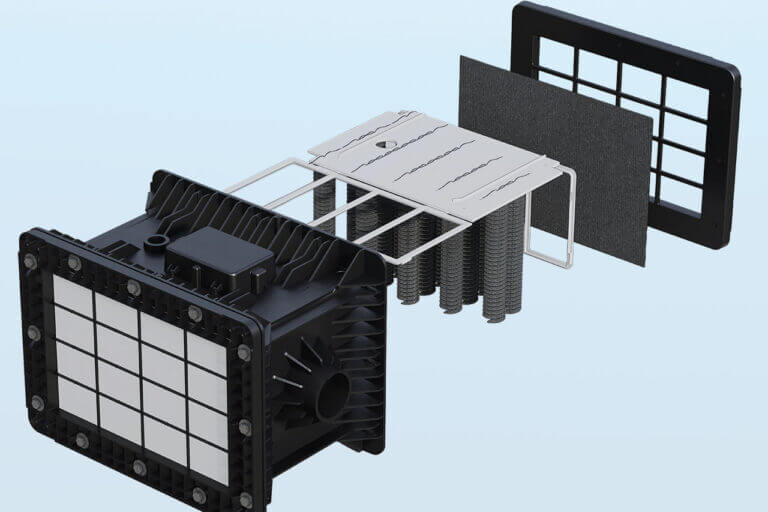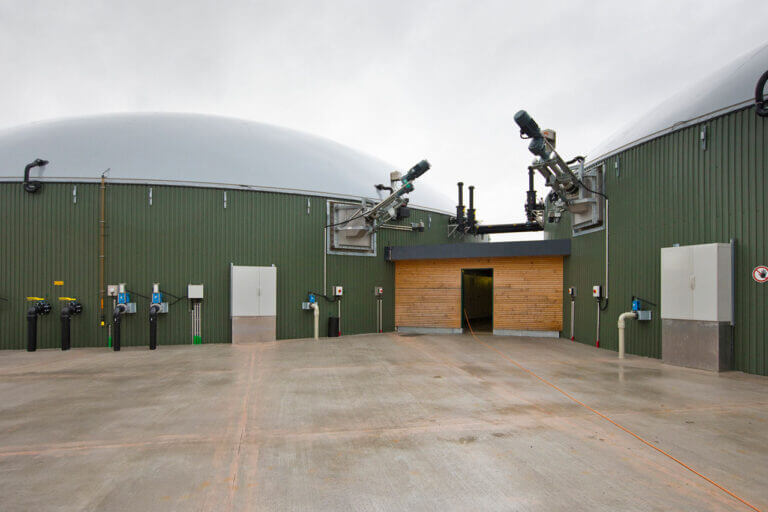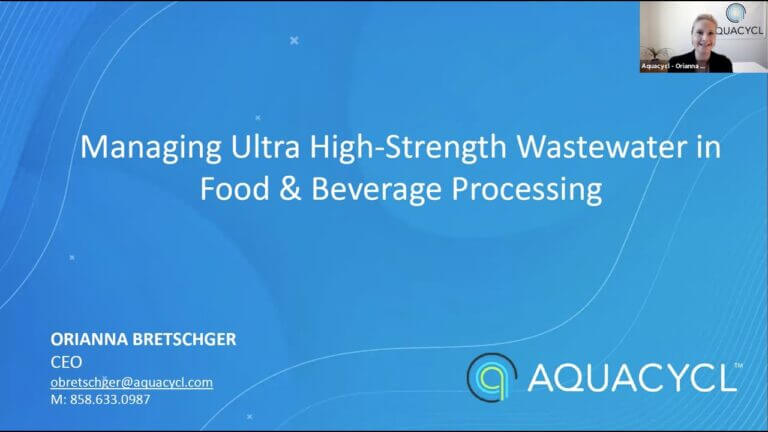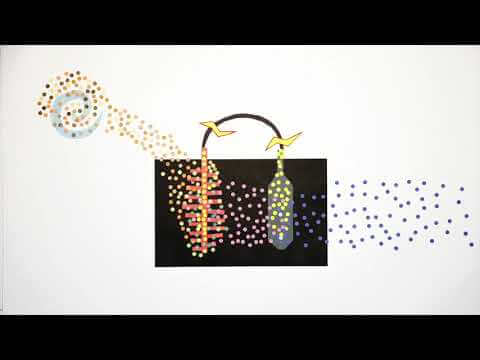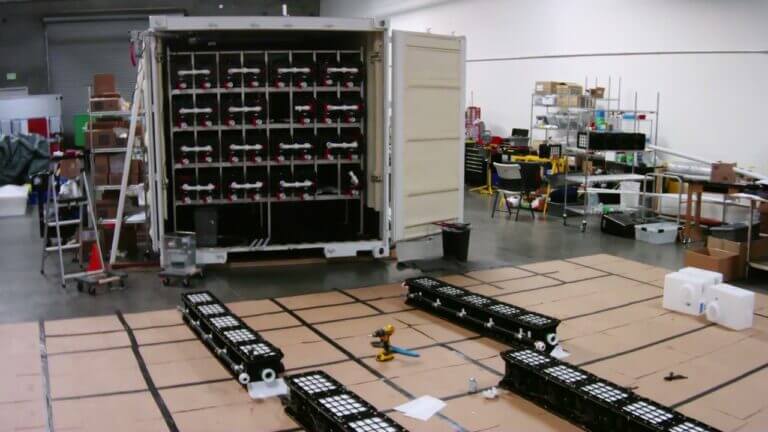Snack food manufacturers, specifically starch-based products, face a unique set of challenges when it comes to wastewater management. In this comprehensive guide, we will delve into the process water-specific hurdles encountered by snack foods manufacturers, those dealing with starchy products, and provide attainable solutions for responsible process water management.
As a water-intensive industry, production process water management is crucial not only for protecting the environment, but your business as well. Snack food manufacturers can face hefty fines, reputational damage, and even production shutdowns if your process water isn’t treated and managed properly. But with this guide will equip you with the knowledge needed to design a comprehensive, effective process water management plan.
Let’s dive!
Understanding Production Process Water Challenges in the Snack Foods Industry
Starchy food manufacturing typically generates process water with elevated levels of total suspended solids (TSS), organic load (BOD/COD), and fats, oils, and grease (FOG). These constituents can pose challenges for a utility treating discharged process water because of the pressures they induce on conventional wastewater treatment methods.
The key to addressing these challenges lies in comprehending the specific issues associated with your unique wastewater, identifying their origins in the production process, and understanding why they present challenges to effective process water management.
Here are some common challenges you will face with your snack food manufacturing process water:
1. Starch Overload
Starchy snacks, ranging from potato chips to pretzels, contribute to high organic loads in discharged process water. The aftermath of cleaning processes leaves behind starch residues, which can solidify if not handled efficiently, creating a significant challenge for conventional wastewater treatment plants. To avoid surcharges or out of compliance fines, pretreatment of streams becomes a critical step before discharge.
2. Suspended Solids
Cleaning potatoes, corn and grains generates high levels of silt, dirt, and peeling residues in the rinse water, leading to high total suspended solids (TSS). Because most conventional wastewater treatment systems are limited in the amount of solids that can be accepted, these process streams must undergo a pretreatment step to separate the solids prior to discharging to the utility or reusing in another rinse cycle.
3. Additives
Snack food production may involve the use of additives, such as colorants, and/or preservatives. While these additives may enhance a snacks’ visual appeal or flavor profile, they introduce additional complexities to discharged process water. Particularly, food coloring may require specialized treatment methods. If not addressed prior to discharge, your utility may refuse to accept your process water discharge which can impact your production.
4. Waste Stream Variability
The production of a variety of snack products in the same facility results in diverse process streams that are variable in organic load, nutrient load (like nitrogen), suspended solids, contaminants, and even volume, leading to potentially unpredictable costs from the utility and unexpected surcharges. Conventional treatment systems typically require consistent flow and wastewater composition, this variability impacts the operational capacity of these systems and will require more energy and/or chemical inputs to maintain treatment efficiencies. The resulting cost of increasing energy and chemical consumption is ultimately passed on to rate-payers.
5. Managing Water Use
Potato processing and cleaning is one of the most water-intensive processes in the food and beverage industry. The peeling, slicing, trimming, cooking, blanching, and washing processes all require significant use of water to ensure a quality final product. Managing water use is a constant challenge which can be addressed through treatment and reuse of process water.
Addressing these process water management challenges is vital for snack foods manufacturers to ensure responsible environmental practices, regulatory compliance, and the sustainable growth of their operations.
Though these seem daunting, let’s go through some practical solutions to help you overcome these challenges.
Practical Solutions for Snack Food Process Water Management
Here are some considerations and actions to transform your snack foods process water challenges into opportunities for sustainable operations:
Regular Monitoring and Testing
Begin with understanding your unique process water composition by employing sensors directly to your collection and discharge systems. Consistent monitoring and testing of process water parameters are crucial for identifying issues early and ensuring compliance with environmental regulations.
Choosing the Right Treatment Method
As discussed above, discharging directly to utility will cause issues due to your process water’s unique composition. Once you have a comprehensive understanding of the different constituents in your process water flows, consider which treatment methods may serve best based on your composition and volume.
Offsite hauling or land application of your process water may not be sustainable for long-term growth and poses risks such as spills, nutrient saturation in soils, production shutdowns, and increased emissions. When considering onsite process water treatment, a single conventional technology may not be able to meet all your needs and you may need a combination of physical, chemical and biological methods.
Using a Stream Separation Approach
One of the best techniques you can implement to your snack foods process water management is a stream separation approach. Also known as side streaming, this technique involves separating the highest-strength, most challenging waste streams and treating them prior to combining with the full flow and discharging to utility.
Since much of your challenging process water is produced from potato, corn or grain processing and cleaning, you may already be side streaming for starch separation and recovery. By collecting these streams and treating them independently, you may be able to realize significant savings for your operations, here’s a great guide to get you started.
Enabling Water Reuse
As stated above, managing water use is a challenge for potato snack manufacturers in particular due to the water-intense nature of potato processing and cleaning. Yet the opportunity for lowering water use through reuse lies within your discharged process water. With smartly designed onsite process water treatment solutions, you can utilize your process water as a resource and reuse those streams in multiple facility and/or production applications – depending on what your business will allow.
Aquacycl’s Tailored Approach
For snack foods manufacturers seeking a streamlined and cost-effective solution, Aquacycl offers a tailored, onsite treatment approach alternative to conventional treatment methods.
We are able to address your facility’s specific needs and handle your organic load, nutrient content, and composition and volume fluctuations by designing a modular process water treatment solution that aligns with your manufacturing site’s water use goals, size, products, and unique processes.
By analyzing your process streams and isolating and treating your most challenging production process streams at the source, we are able to provide you with operational cost savings through reduced energy consumption, lower chemical usage and minimal sludge production. All of this is provided with a compliance guarantee in a single service package so you won’t have to worry about your process water management challenges again.
Armed with the insights and strategies outlined in this guide, snack foods manufacturers can now navigate the intricate landscape of process water management. For more on our cost-effective solutions and water reuse possibilities, talk with Aquacycl’s wastewater experts today.


